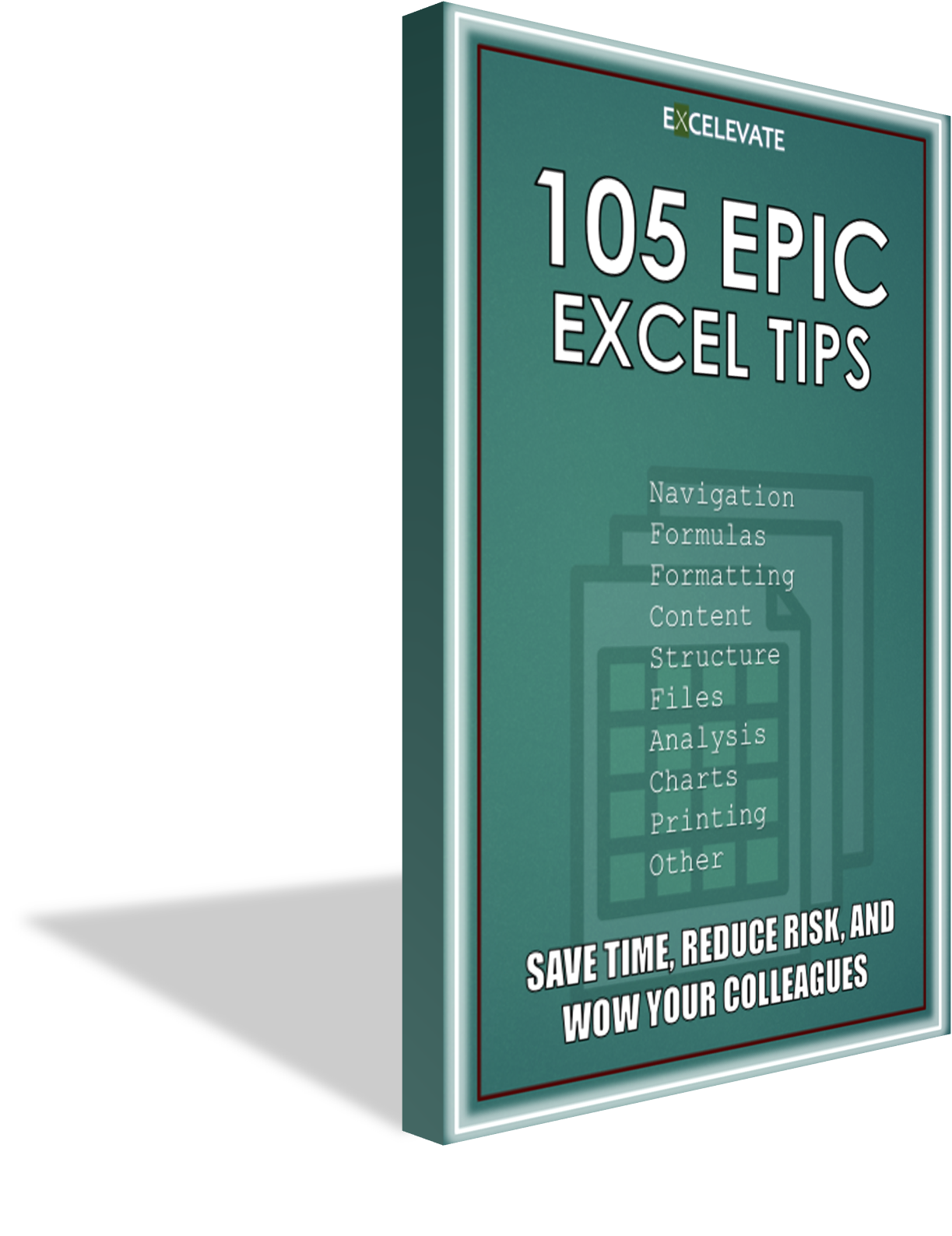 Overview
Overview
Have you ever seen a keyboard where the F1 key is missing? Chances are that isn’t an accident. It’s a deliberate move to avoid accidentally launching the Excel Help menu – what seems like the longest 5 or 10 seconds of your life! I learned about this after working in Excel every day for over 12 years when I saw it firsthand on my colleague’s keyboard. Apparently it’s known as a rite of passage!
The problem with removing the F1 key altogether is that there are other helpful use cases for it. In this article, we’ll look at the keyboard shortcuts that use the F1 key, as well as how to disable the F1 Help shortcut without needing to remove the F1 key! Make sure to grab a copy of the example workbook that accompanies this article using the box below! It includes the code that will automatically disable the F1 Help shortcut!
 F1 key shortcuts
F1 key shortcuts
Below we’ll examine the primary shortcuts that leverage the F1 key. Note that there could be others based on your version or customizations. Also note that on many keyboards (especially laptops), you may need to press a special function activation key before or along with pressing the F1-F12 keys.
F1 – Launch the Help menu
The F1 key (by itself) will launch the Help menu in Excel and many other apps. Depending on your version of Excel, that could take 5-10 seconds and if it’s not what you wanted to do, it might be frustrating. Read the section below to learn how to disable it!
Ctrl+F1 – Toggle the ribbon
Toggling the ribbon with a shortcut is a very helpful shortcut for freeing up more vertical screen space. The best part about toggle shortcuts is having multiple options available with one shortcut! See below for a screenshot of the before and after view using this shortcut.

Ctrl+Shift+F1 – Toggle full-screen mode
Looking for even more screen real estate? Just add the Shift key and you can toggle full-screen mode on and off! All that is left is the formula bar and the column/row headings. Note that those can also be hidden from the View menu! Or alternatively, you can toggle formulas with Alt-w-v-f, or toggle the headings with Alt-w-v-h. See below for a screenshot of the before and after view using this shortcut.

Alt+F1 – Insert a chart (with data selected)
If you work with charts a lot, you will probably appreciate this one. Excel uses your selected data to a chart that logically fits the data (usually it’s a column chart). If you have a PivotTable selected, Excel will insert a PivotChart. See below for an example of using this shortcut with data selected.

 How to disable the F1 Help shortcut
How to disable the F1 Help shortcut
If you are a frequent Excel user, you probably know that F2 is a shortcut for entering edit mode. It’s super-handy not just when looking at the grid but also any time you are looking at a dialog box with a cell range component (i.e. conditional formatting, named ranges, data validation, selecting chart ranges, etc.). But it’s so easy to accidentally press the F1 key, then you have to wait for the Help menu to load before you can close it.
If you want to disable the F1 shortcut, you can do this with a little VBA code. Below is very similar to what I use to replace the shortcut with a message box stating that the Help shortcut has been disabled. Alternatively, you could change it to do nothing at all.
Now if you want to always be available, consider including the code snippet below into an add-in file or your personal macro workbook. It will run whenever one of those files opens, which is generally when you launch Excel.
Here's an even better option - have this automatically run by default when you use the XLEV8 Excel Add-in. You'll also be able to use 400+ productivity tools that help you save 200+ hours a year! Below is a screenshot of the prompt that displays when you press F1 with this setting enabled.

 Summary
Summary
You don't have to remove the F1 key to make Excel easier to use. As you've seen in this article, you'll miss out on some valuable keyboard shortcuts! Instead, just disable the F1 shortcut. While there are other ways to do this, I've found this is the easiest and least disruptive way.
Have you ever removed your F1 key or known anyone that has? Perhaps it's worth sharing this with them. Let us know your thoughts in the comments below!




Recent Comments